Philodendron Crassinervium- Rare
Original price was: ₹6,860.00.₹2,616.30Current price is: ₹2,616.30.
3 in stock
Plant Size: 2 mature leaves plant mentioned in the last picture | Free Shipping | Pot Included
The Philodendron Crassinervium is an evergreen perennial native and even endemic (exclusively grows there and nowhere else) to southeast Brazil and at first glance doesn’t look like a classic philodendron at all.
Philodendron Crassinervium Plant Care Instructions
Soil
Philodendron Crassinervium prefers a peat-based well-draining soil.
I recommend you mix your own and use one part peat, one part orchid bark, and one part perlite for maximum aeration and good drainage.
The orchid bark also gives something for the roots on the Philodendron Crassinervium to hang on to since it is a trailing plant, much like orchids wrap their roots around the bark in their pots.
If your mix is too dense you can add some charcoal or coarse sand, if you find it too sparse consider adding just a little bit of growers mix.
Light
Philodendron Crassinervium loves bright indirect light.
This means the best position for it in your home will somewhere where the ambient light is ample but no direct sunlight reaches its leaves.
Like most other Philodendrons it will get sunburned if left in the sun for too long and will get sad and pale if it doesn’t get enough light.
An east-facing window will be appropriate, but a south one would be good also if you place the plant far away from the window.
Watering
Philodendron Crassinervium has similar water requirements to other tropical plants that find themselves indoors. Its fat middle vein enables it to go a little longer without water.
Always make sure the top 2 or 3 inches of the soil mix are dry before watering, don’t be too eager with the watering can.
When you do water do it thoroughly and from below, making sure the bark and the roots soak up enough water to make it to the next watering.
I like to dunk my Philodendron pots into the water for half an hour to an hour, I touch the top of the soil, and if it is slightly moist it’s good enough.
This will amount to watering every one to two weeks depending on the environment your plant is living in and the season. During the winter when the plant is not in full growth water even less.
These plants are salt-tolerant so you won’t have to worry about distilling water unless you have extremely hard water or you notice mineral deposits on the leaves and they are not aesthetically pleasing.
Temperature
This is a tropical plant so it comes as no surprise Philodendron Crassinervium are not winter hardy and will not tolerate temperatures lower than 60 degrees F.
The sweet spot is between 70 and 80 degrees by day and 65 to 70 by night, but they are very adaptable and usually do well in regular indoor temperatures.
Just make sure not to leave it in a hot place during the summer and to move it away from windows and doors during the winter, as you might notice yellowing and dropping of leaves as it gets temperature shock due to drafts or sudden temperature changes.
Philodendron Crassinervium likes high humidity. Around 60% will be optimal and if you can afford it that you will experience the most growth and a perky happy plant.
There are several ways you can raise the humidity around your plant if your regular indoor humidity is not enough.
Firstly and most cheaply you could provide your Philodendron Crassinervium with a humidity mat. This is a shallow wide container that is deep enough to have a layer of pebbles with water on the bottom and you can put your plant pot on top of it.
This way the water slowly evaporates and elevates the humidity in the immediate vicinity of the plant while the roots are not in contact with the water so you won’t have to worry about root rot.
Other ways you could achieve higher humidity are getting a humidifier which is the most reliable way, or with frequent fine misting which is ok, but no the best option as the water particles are still quite big and you could get fungal issues and other diseases because of that.
You can also bunch more plants together as this will raise the humidity around the plants a tiny bit, but make sure you still have good air circulation between them.
Fertilizer
Philodendron Crassinervium doesn’t require a lot of fertilizing.
Just like other philodendrons you can opt for a liquid fertilizer for green plants and dilute it to half strength and add after watering once or twice a month.
Tone this down during the winter season to once every two months.
I emphasize ”add after watering” as pouring fertilizer directly onto dry roots could cause root burn and damage the roots.
If you are like me and you prefer organic fertilizer, root burn will not be an issue and you can use your own compost, fish meal, or vermiculite to feed your philodendron Crassinervium.
Only logged in customers who have purchased this product may leave a review.

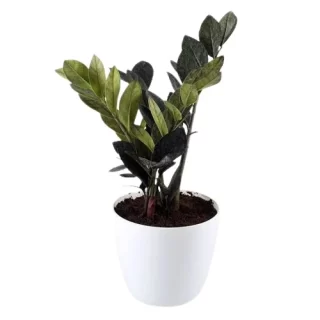
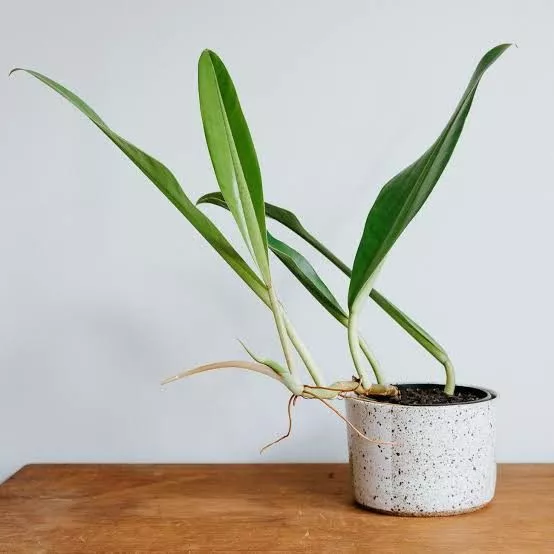
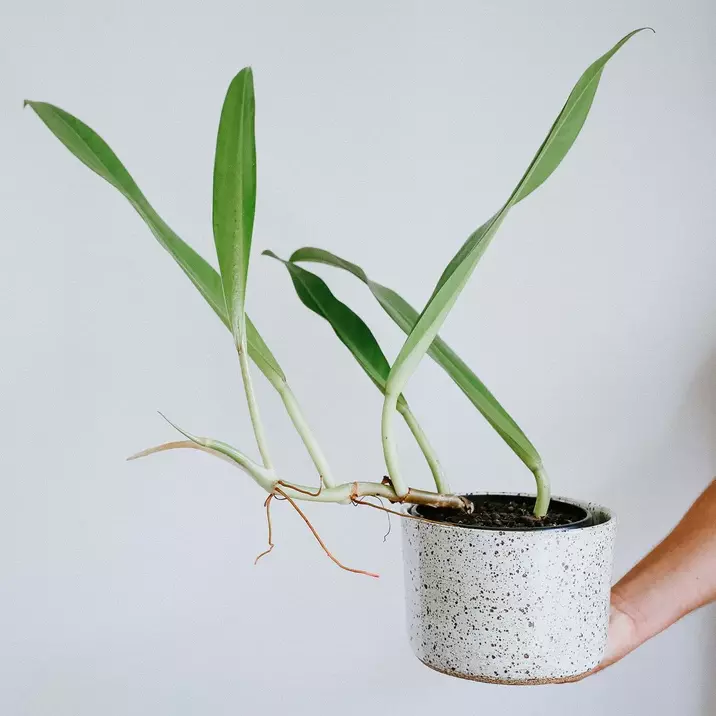
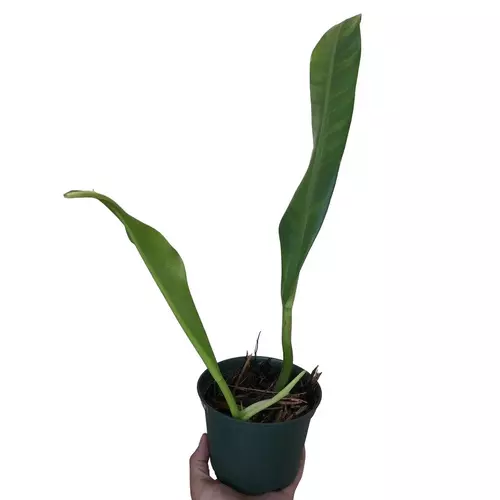
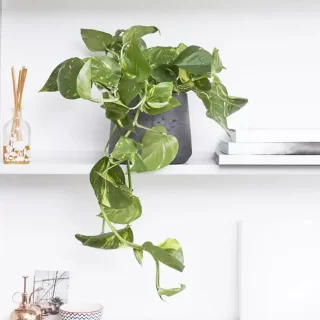
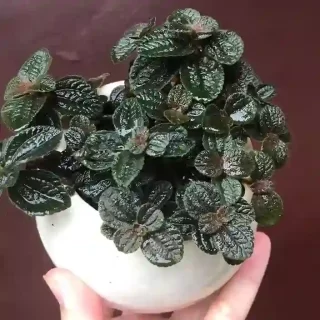
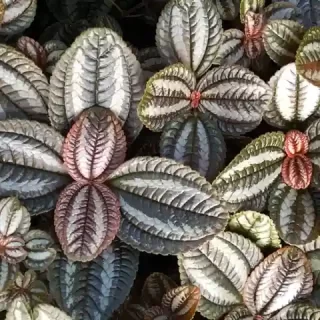
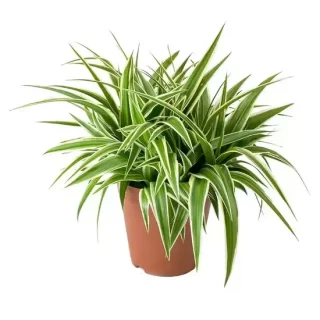
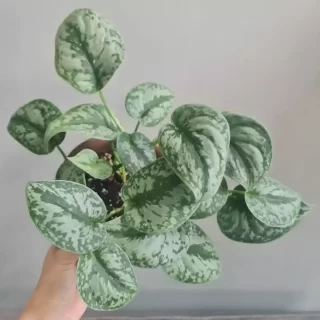
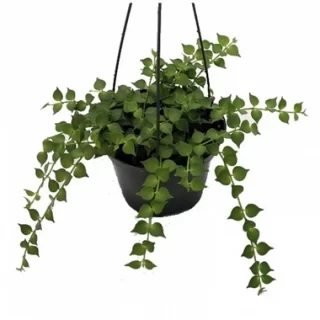
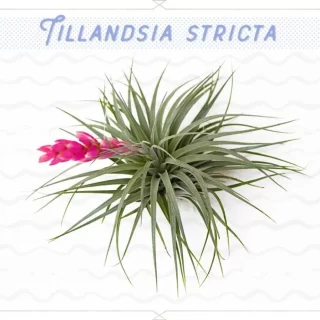
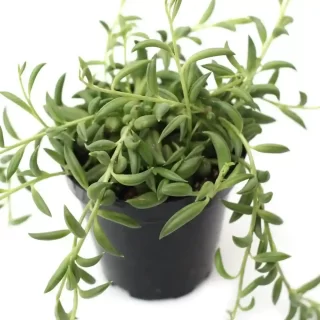
 If you need any assistance, I'm always here. Have you found what you were looking for?
If you need any assistance, I'm always here. Have you found what you were looking for?
Reviews
There are no reviews yet.